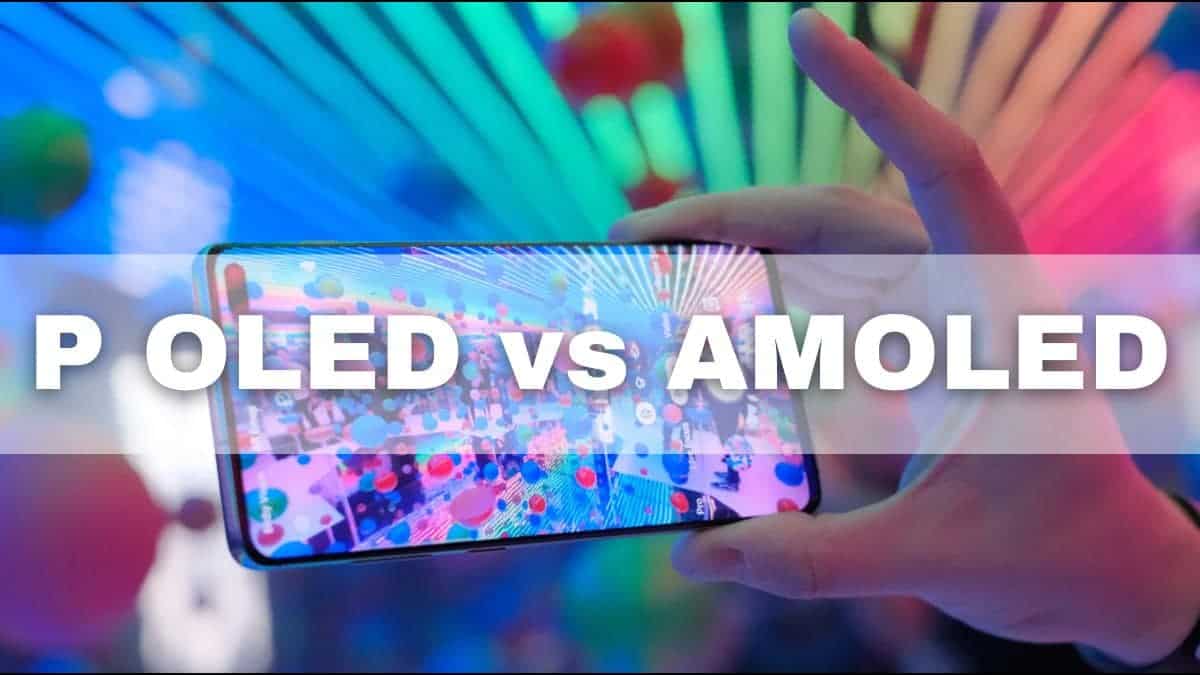pOLED vs AMOLED: Here’s the Difference Between pOLED and AMOLED Displays

There are many display technologies now available, ranging from LCD displays to AMOLED and Super AMOLED displays.
This article is about the difference between a pOLED display and an AMOLED display.
pOLED vs AMOLED Displays
Before distinguishing between the two displays, let’s look at what an OLED display is and what is its difference from conventional LCD displays.
OLED displays are now starting to get very common in smartphones and are not just available in premium smartphones but also in other segments as well.
These displays consist of individual light-emitting diodes that can be turned off to give deep blacks and create great contrast ratios. This is the advantage of OLED displays over conventional LCD displays.
OLED displays require a power source in order to work. It can be powered with a passive wiring matrix or an active wiring matrix. Even if passive wiring matrices are cheap, they aren’t ideal to be used.
Active wiring matrices are used in almost all high-resolution displays and these are called AMOLED displays (Active wiring matrix-OLED displays).
So how is AMOLED displays different from pOLED displays?
AMOLED displays initially used glass substrates in it, whereas pOLED displays use plastic substrates in it. This makes the pOLED displays become more flexible while the AMOLED displays with glass substrates will remain rigid.
The pOLED displays for their flexibility are thus used in curved and foldable displays. Depending on the material used, the peak brightness rate and the color gamut will also vary.
Even if this is the case, we also have Samsung smartphones with AMOLED displays that have plastic substrates in them. LG smartphones are the perfect examples of smartphones made with a pOLED display.


